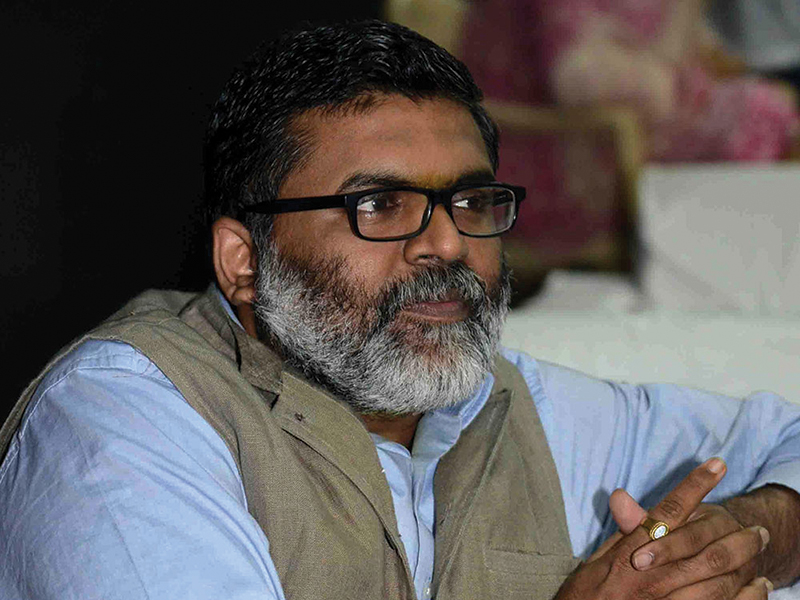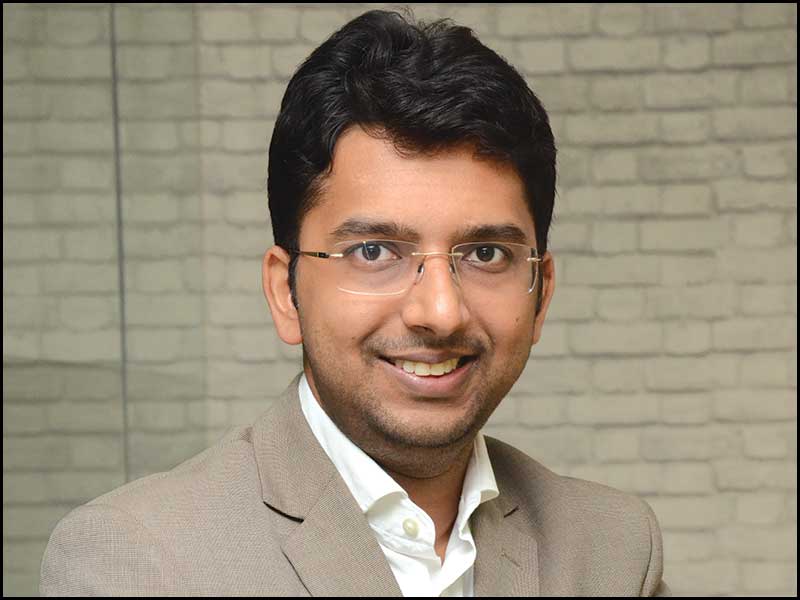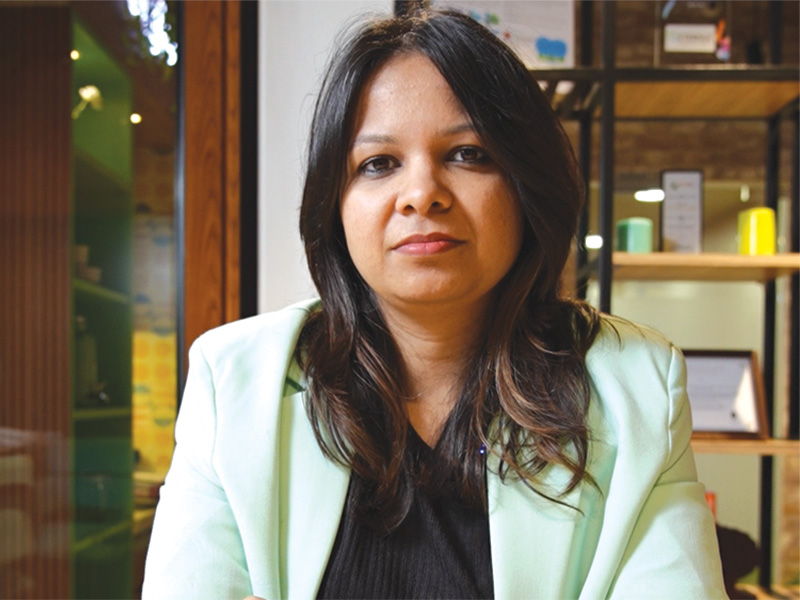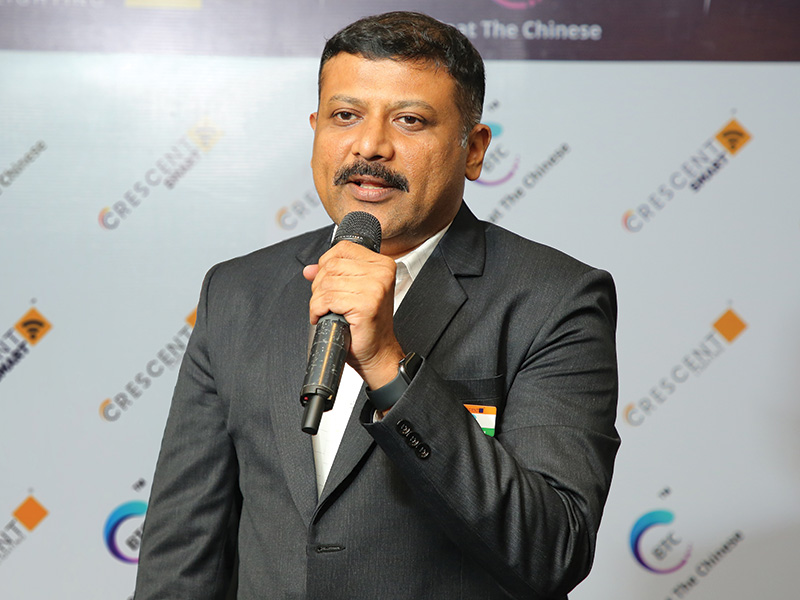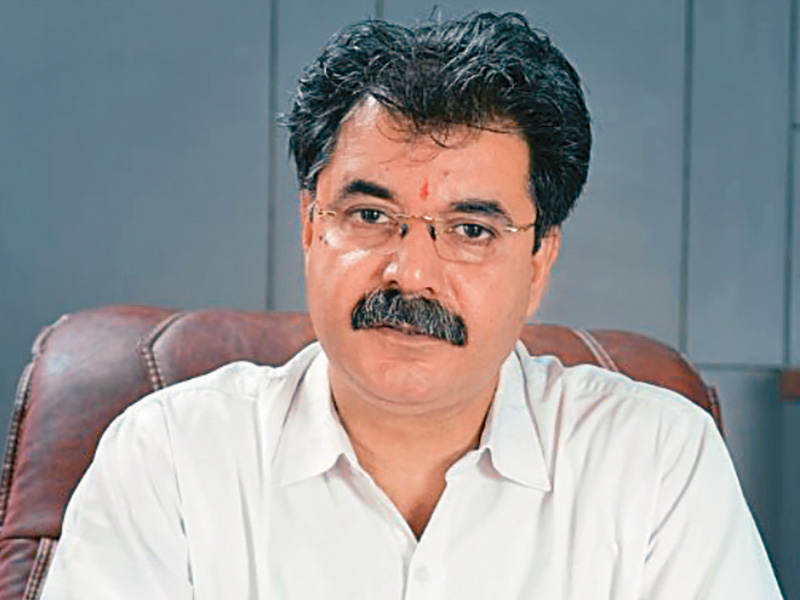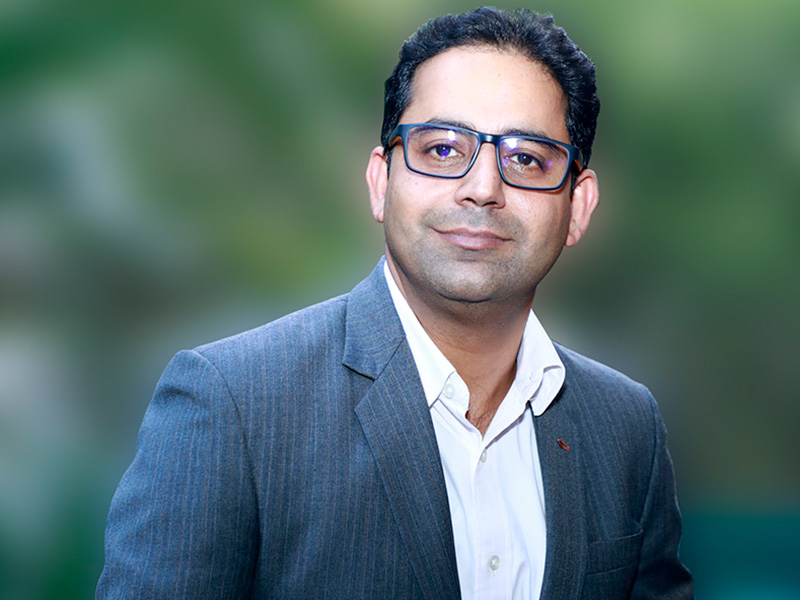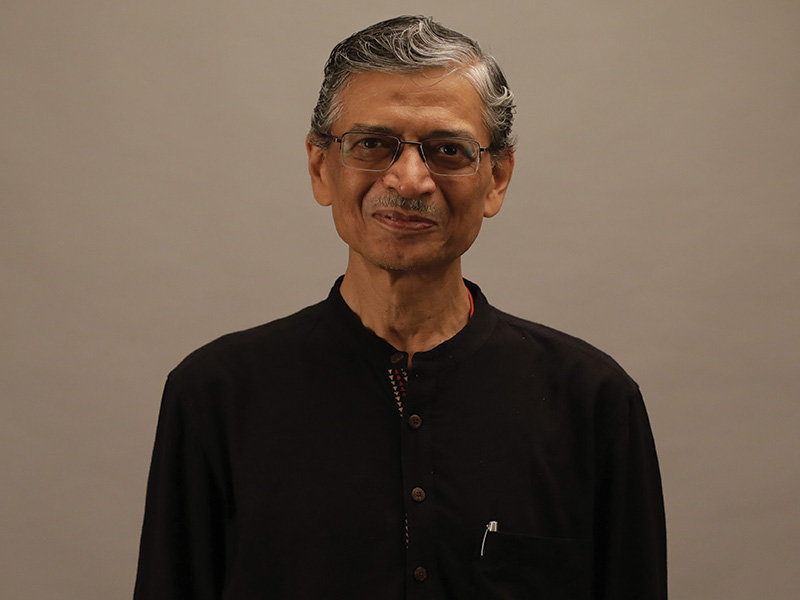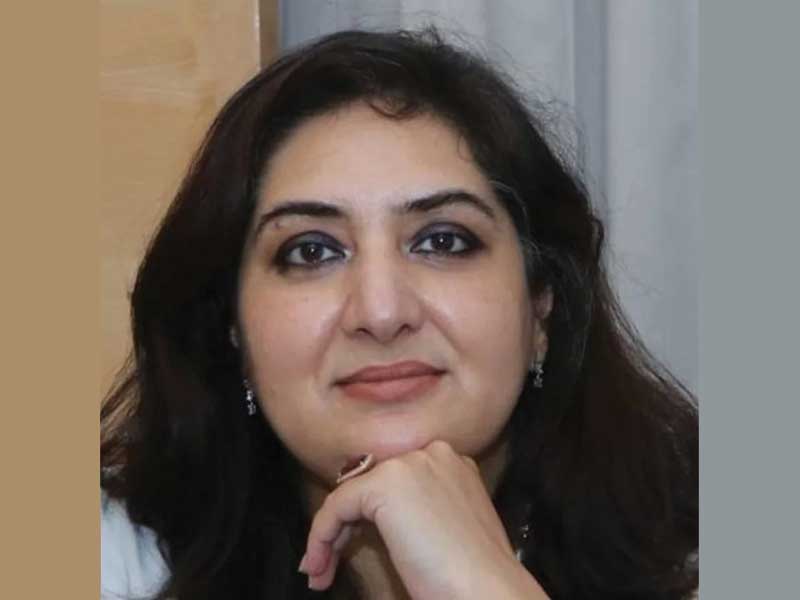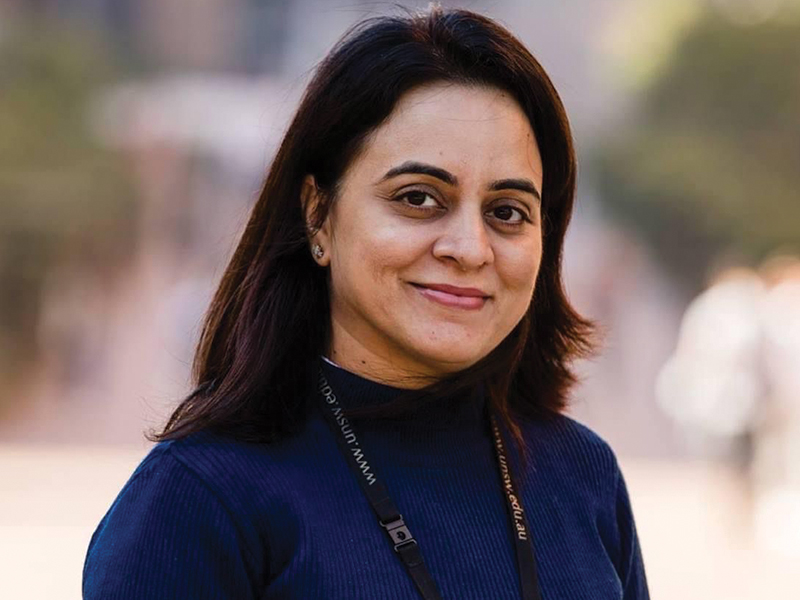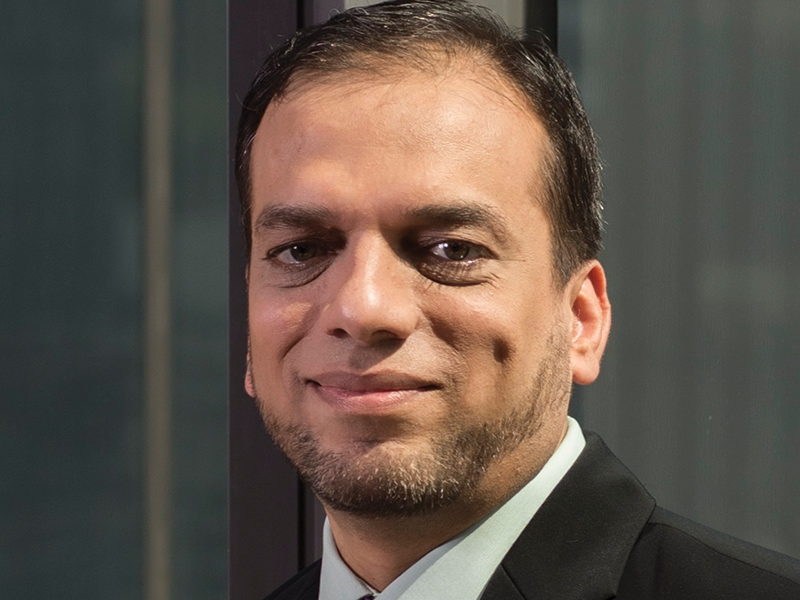How is the concept of incorporating eco-friendly materials and sustainable design in Real Estate projects picking up in India?
In India, sustainability as an architectural approach is still a distant thought in real estate development, which is primarily driven by economic considerations. Environmental issues are dealt with only to the extent of green building certifications, and not by addressing the larger issue of sustainable construction, which would cover social, economic, and environmental development.
However, there is a growing awareness about environment protection and sustainable development. The LEED (Leadership in Energy and Environmental Design), IGBC (Indian Green Building Council), and EDGE certifications, that provide recognition for environmentally responsible buildings and incentivize developers to incorporate green features, are encouraging many real estate developers to incorporate sustainable practices and use eco-friendly materials in their projects. In fact, many truly eco-friendly materials have been developed, which are market ready, but they are not being scaled up due to a lack of standards and codes, which further hinders their production and promotion.
The rising energy costs and greater emphasis on energy conservation are also driving developers to integrate materials and technologies that improve the energy performance of their buildings. These include use of solar panels, energy-efficient lighting and HVAC systems, smart home systems, water-efficient fixtures, rainwater harvesting and wastewater treatment plants, green spaces, rooftop gardens, and landscaped areas to help mitigate the urban heat island effect. The usage of appropriate species of plants to promote biodiversity in a water efficient manner is also gaining popularity.
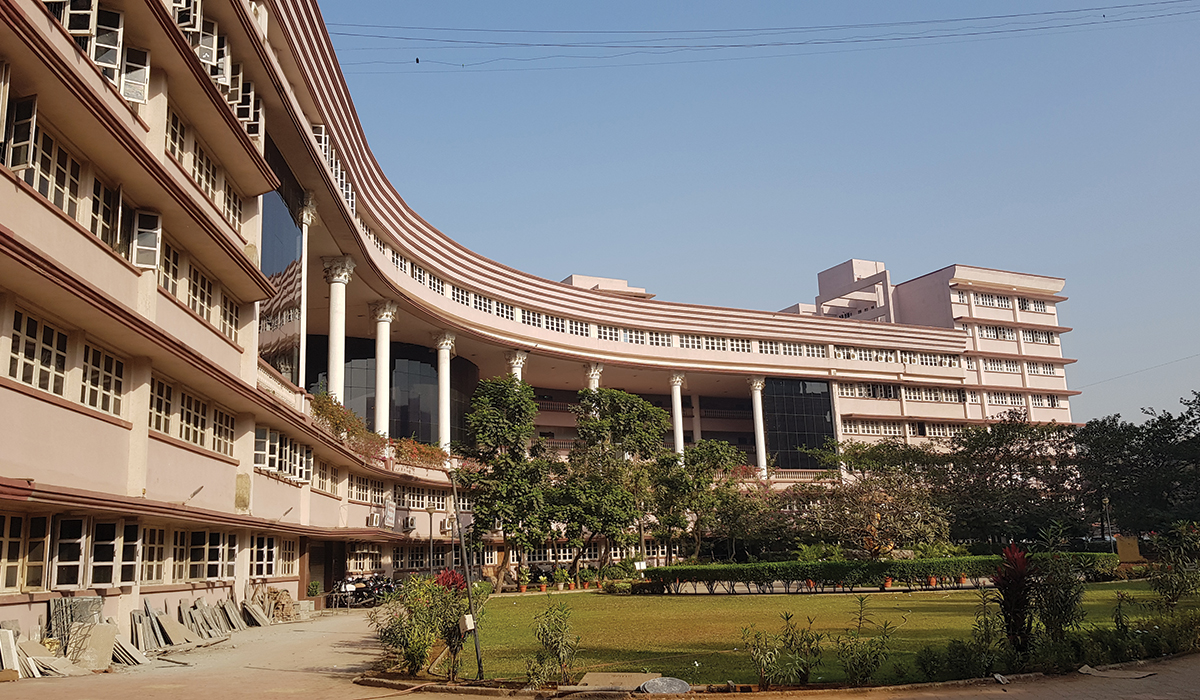
How can architects create greater awareness of sustainable design and promote use of eco-friendly materials?
The best way to create awareness is by implementing a project and then analysing the end results. Since architects interact directly with clients, consultants, contractors, and authorities, they can offer them their value propositions and create greater awareness of what constitutes sustainable design.
- Established in 1962, VES now has two state-of-the-art and the biggest campuses in India
- Given Autonomous status by UGC and the University of Mumbai for excellence in Education
- Launched 6 Autonomous courses including first-time courses
- Offers 29 courses which include 17 UG, 9 PG, and 3 PhD courses on Architecture, Technology, Pharmacy, Law, etc
- A vibrant community of 18,000+ students every year and the only institute to address creche to cabin life for any individual
- Recipient of Best College Award from Mumbai University.
How are architectural colleges bringing environmental, technological, aesthetics, and philosophical values in architectural education?
Colleges of architecture play a strong role in sensitizing students on eco-friendly, sustainable design concepts and practices. The students are made aware of the technology, materials, organizations, policies, and professionals related to the field of sustainable design right at the initial stages of their academic courses.
At VES College of Architecture, we focus on achieving Sustainable Human Habitats by developing socio-cultural, environmental, technological, aesthetic, and philosophical values in our curriculum. Our aim is to create a favourable environment for learning, innovation, integration, and leadership. Students are encouraged to attend seminars, workshops, take part in various competitions at national and international levels, and participate in live projects through the Research Cell. We believe that design should be the backbone of the teaching process and climate change and sustainability should be ingrained in the education system itself.
Government initiatives, certifications, availability of sustainable materials, integration of passive design strategies, water management techniques, and increasing public awareness are driving the evolution towards sustainable practices. With continued efforts and collaboration between architects, policymakers, and industry stakeholders, India has the potential to further accelerate the adoption of sustainable design principles in the coming years.
What practical aspects of Green Architecture does your college teach?
The module-based academic program at VESCOA sensitizes the students about various aspects related to sustainable development through all the semesters. The students handle one project per semester, and the knowledge gained of all subjects taught in a semester is implemented in the project. In this manner, the students learn to address user’s needs, including comfort, safety, energy performance, water performance, carbon emissions, affordability, aesthetics, and constructability.
The students are also trained in becoming LEED Green Associates; they prepare for the examination from the 3rd year onwards; many have become LEED Green Associates in the past academic year. Our students also came together to start the IGBC student’s chapter, which actively engages in tree plantation, beach cleanup, the Green Nukkad street play, and various other related activities.
VESCOA is one the few institutes that conducts IFC certified design for greater efficiency and all the students are trained to use EDGE certification tools; their work is assessed and then certified by IFC. The students also participate in the Solar Decathlon India competitions every year, which focusses on designing net-zero-energy-water buildings, contributing to real projects, while partnering with the leaders in real estate development. The institute is also a signatory to UN Principles of Responsible Management Education (PRME), and engages in various activities towards a cleaner, healthier, happier planet, through the various SDGs.
How do you see Indian architecture and construction evolving with respect to adopting sustainable design?
Indian architecture and construction are gradually embracing sustainable design principles and practices. The rising number of projects getting green certification, the evolution of newer green rating systems to cater to diverse projects, development of codes such as ECBC, introduction of schemes such as ‘Panchamrita’, and many other such efforts show that the country is seriously moving towards sustainable development.
Today, most of the construction work is seen in tier 2 and tier 3 cities, where affordability, availability, and speed of construction are driving the choice of construction materials and technology. Though mostly conventional RCC framed structures are being constructed, there is increasing availability and awareness of eco-friendly materials such as bamboo, rammed earth, recycled materials, and low-VOC paints. Additionally, local, and traditional construction techniques that utilize natural materials are being revived, promoting sustainable and culturally relevant architecture.
Passive design strategies such as optimizing natural lighting, ventilation, and shading, are being integrated into building designs, including factors like orientation, building form, and window placement to maximize energy efficiency and occupant comfort. Passive cooling techniques with courtyard designs, wind catchers, and green roofs, are being incorporated to reduce the reliance on mechanical systems and promote natural cooling. These traditional knowledge systems for architecture and planning are the core values and systems that are ingrained into the education systems through various subjects.
The advancement in information technology including Artificial Intelligence and IoT based equipment installed in buildings is making it easier to measure and optimise the performance of our buildings. With the plethora of data points available from these measurements, researchers can develop even more localised solutions to achieve better designs.

